Tired of Gnats? Here’s How to Get Rid of Them for Good
Alright, let’s talk about gnats. If you’re reading this, chances are you’re at your wit’s end with these tiny, annoying specks buzzing around your face, your computer screen, and your kitchen. It’s one of the most common complaints I hear, and it can make you feel like your home is unclean, even when it’s spotless. People feel helpless because they seem to pop up out of nowhere and multiply like crazy.
In this article
Most of what you find online will point you to a quick vinegar trap. And while traps can help, they are absolutely not a real solution. They’re a band-aid. Getting rid of gnats for good isn’t about one magic trick; it’s a systematic process. You have to figure out who your opponent is, destroy their home base, and then clean up the survivors. It’s the same approach the pros use, and it’s the only thing that actually works.
So forget the quick fixes. Let’s solve this problem from the ground up. A quick heads-up: this isn’t an overnight fix. You’re breaking a pest’s life cycle, so give it a solid 2-3 weeks to see major results. Patience is your best weapon here.
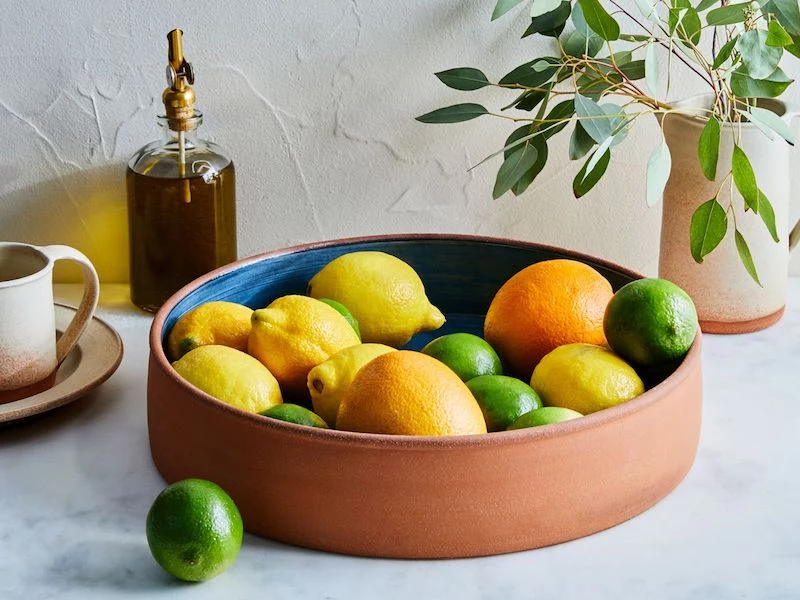
First, Let’s ID the Culprit
The first step is always figuring out exactly what you’re dealing with. “Gnat” is just a catch-all term, and different types of tiny flies require different battle plans. If you set a fruit fly trap for a fungus gnat problem, you’re just going to get frustrated. You have to match the solution to the pest. Here are the three most common invaders I run into.
Fungus Gnats
These are probably the most common indoor gnats, and they’re often mistaken for tiny mosquitoes. They look delicate and black, with long legs and a slender body. They’re clumsy fliers, often seen bouncing around windows or your laptop screen, drawn to the light.
Where they live: Their entire world revolves around damp soil. They lay eggs in the top inch or two of overwatered houseplants, and their larvae feed on the fungus and tiny root hairs in that soil. A new plant from the nursery is a classic Trojan horse for these guys. If you see gnats fly up when you water your plants, you’ve found your culprit.

Fruit Flies
Ah, the infamous fruit fly. These guys are a bit more robust and tan-colored than fungus gnats, with a rounded, compact body. If you can get a close look, you’ll notice their distinctly bright red eyes. Their behavior is the biggest giveaway—they hover in a little cloud directly over their food source.
Where they live: They’re obsessed with anything fermenting. We’re talking overripe fruit, spilled juice, the gunk in your garbage disposal, or even an old potato that rolled into the back of a cabinet. If you see tiny flies swarming your fruit bowl, sink drain, or recycling bin, you’ve got fruit flies. No doubt about it.
Drain Flies
These are a little less common, but they’re a sure sign of a plumbing issue. People often mistake them for tiny moths because they’re fuzzy, grey or black, and hold their wings over their body in a tent-like shape. They’re terrible fliers, usually making short, clumsy hops from one spot to another.
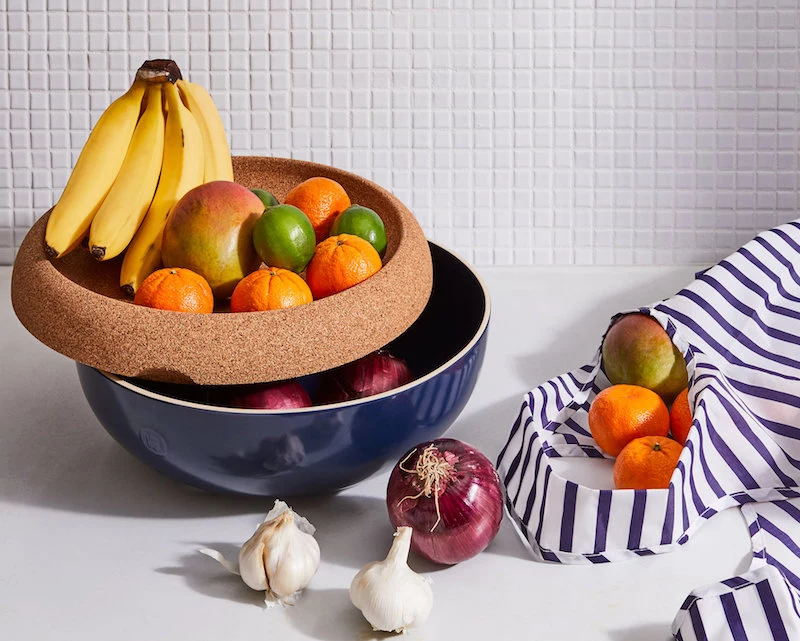
Where they live: They don’t live in the drain’s water but in the organic slime that builds up on the inside of pipes, especially in drains you don’t use often, like a guest bathroom. To confirm, try this simple pro trick: Before bed, dry the drain opening and place a piece of clear packing tape, sticky-side down, over the hole. If you find fuzzy flies stuck to it in the morning, you’ve found your source.
The Real Work: Sanitation and Source Removal
I can’t stress this enough: you cannot trap your way out of a gnat problem. Traps only catch the adults flying around. The real work is eliminating their food and breeding grounds. It’s not glamorous, but it’s the only way to get lasting results.
DO THIS RIGHT NOW: Before you do anything else, go on a 5-minute cleaning spree. Throw out any overripe fruit on the counter, take out the kitchen trash, and give the can a quick rinse. You’ve just destroyed their main party spot. It’s a huge first step.
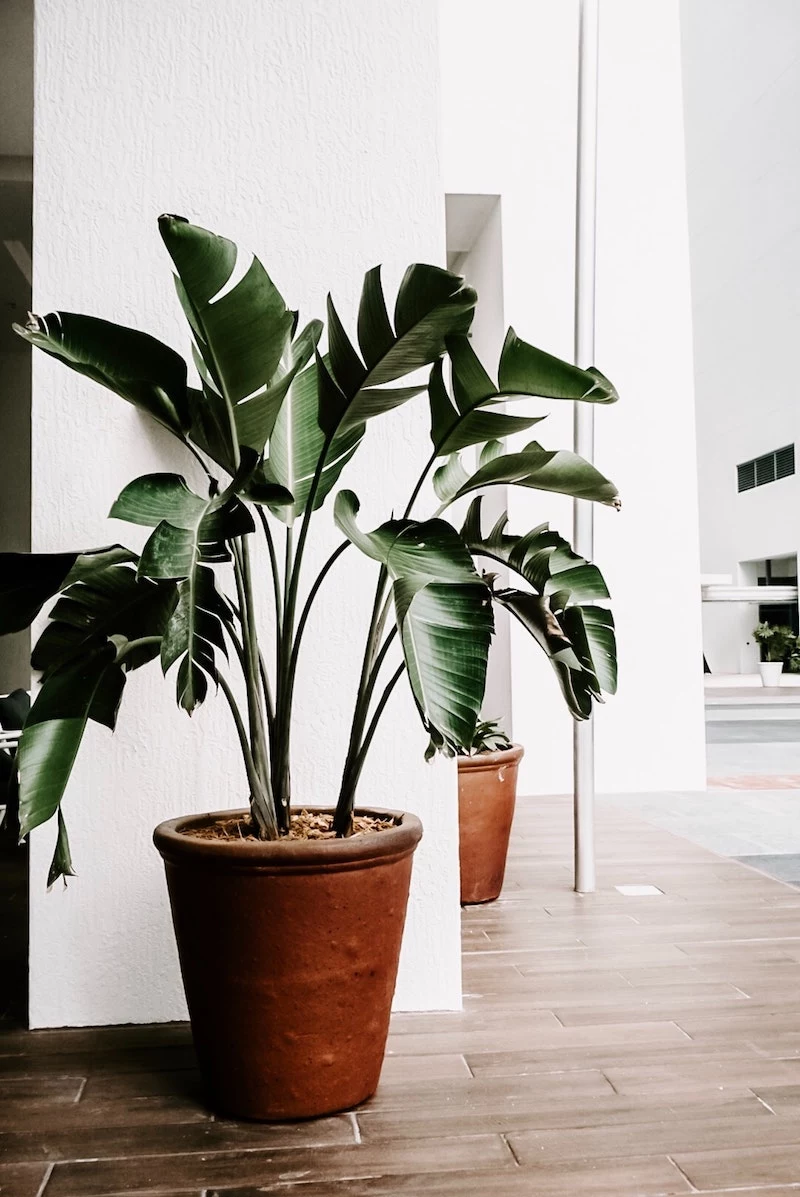
For Fungus Gnats, It’s All About the Soil
Your mission is to make your plant soil a terrible place to live.
- Fix Your Watering Habits. This is non-negotiable. Stop watering on a schedule. Instead, stick your finger two inches into the soil. If you feel any moisture, don’t water it. Letting that top layer dry out completely is what kills the eggs and larvae.
- Improve Drainage. If your soil stays wet forever, you might need a better-draining mix. This just means mixing your regular potting soil with something like perlite or pumice (that white, lightweight gravelly stuff) to create more air pockets. And make sure your pots have drainage holes!
For Fruit Flies, Master Your Kitchen
You need to be ruthless here. Store ripe fruit in the fridge. Take the trash out daily. Rinse every single can or bottle for recycling—that little bit of sugary residue is a feast for them. And don’t forget to clean under your toaster and mop up any sticky spills on the floor. A quick scrub of the garbage disposal with some ice cubes and citrus peels helps, too.
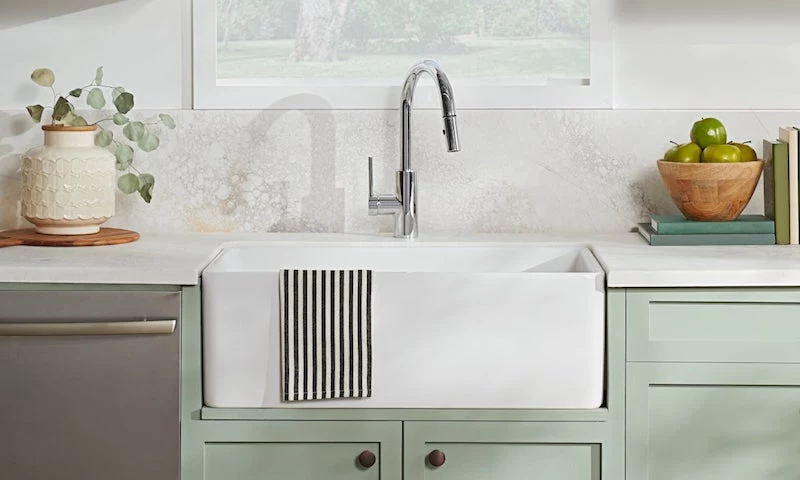
For Drain Flies, Clean the Slime
Okay, a critical safety warning. Do NOT pour bleach down the drain. It’s a huge safety hazard (it can create toxic gas with other cleaners) and it doesn’t even work. The bleach flows right past the thick, slimy biofilm where the flies actually live. It’s totally ineffective.
Instead, you need to physically and enzymatically clean the pipe. Get a long, stiff-bristled pipe brush from a hardware store for about $10 and scrub the inside of the pipe like you mean it. Break up all that gunk. Then, follow up with an enzymatic drain cleaner (around $15). These use bacteria to literally digest the organic waste. Pour it in at night and let it work its magic.
Setting Traps to Clean Up
Once you’ve tackled the source, it’s time to set traps for the adults left behind. This will speed up their demise and let you know if your efforts are working. If you stop catching flies, you’re winning.
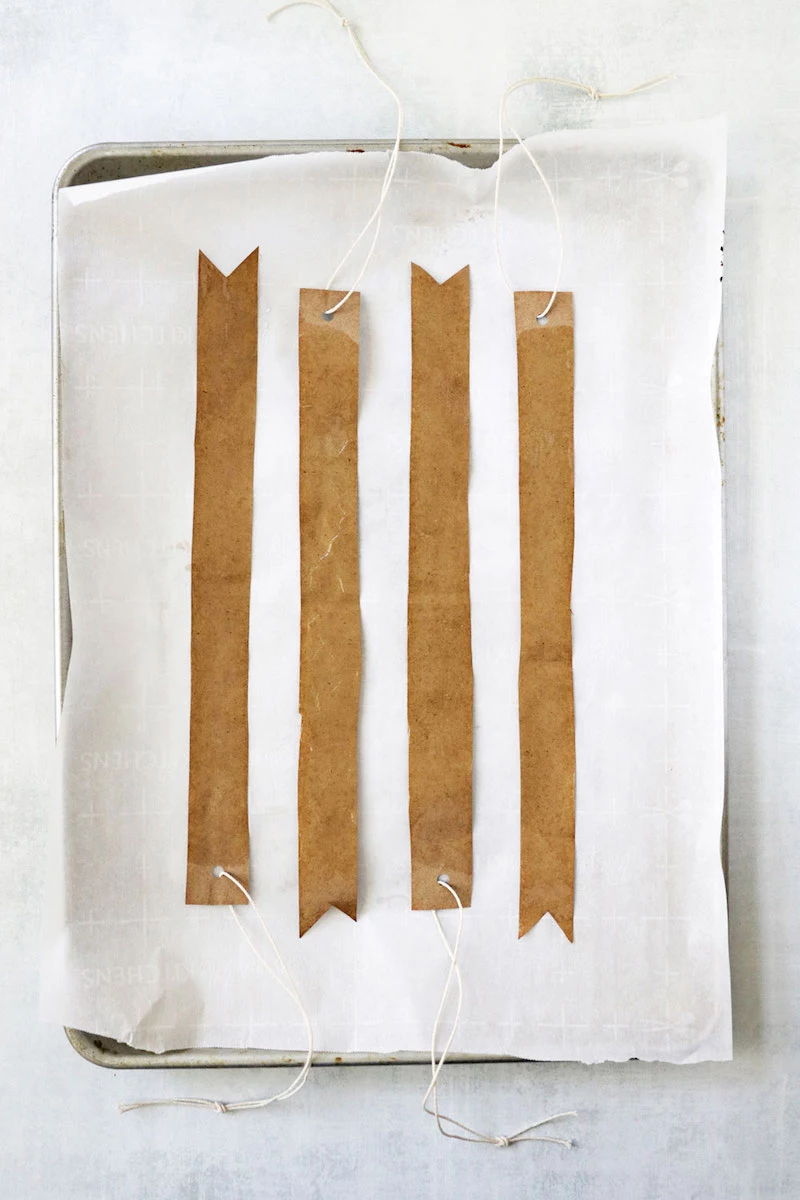
For Fruit Flies: The Classic Vinegar Trap
This works so well because apple cider vinegar (about $4 a bottle) perfectly mimics the smell of fermenting fruit. Just pour an inch of it into a small jar and add 2-3 drops of regular dish soap. The soap breaks the surface tension, so when the flies land for a drink, they sink. Don’t stir it—you don’t want foam. If they’re being stubborn, add a tiny piece of a browning banana to the mix. It’s irresistible.
For Fungus Gnats: Yellow Sticky Traps
These guys couldn’t care less about vinegar. They are, however, weirdly attracted to the color yellow. You can find yellow sticky traps designed for houseplants online or at garden centers (a pack of 20 is usually under $8). Just stick them in the soil of your infested plants. They’re fantastic for catching adults as they emerge from the soil.
Smarter, Low-Toxicity Treatments for Soil
If you have a really stubborn fungus gnat problem, you might need to treat the soil directly. These are my go-to solutions because they’re effective and much safer than chemical pesticides.
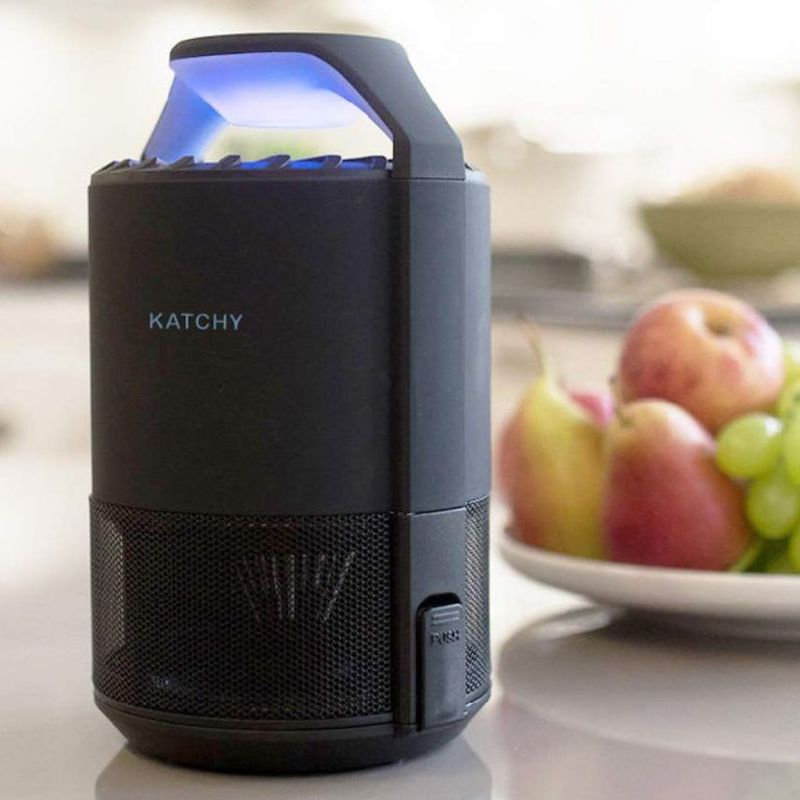
My top recommendation is something called Bti (Bacillus thuringiensis israelensis). It’s a natural soil bacterium that’s deadly to gnat larvae but completely harmless to other insects, pets, and people. You can find it sold as “Mosquito Bits” for about $12. The best way to use it is to make a “tea.” Add about one tablespoon of the granules to a gallon of water, let it steep for 30 minutes, then water your plants with it. Do this with every watering for a few weeks to completely break their life cycle.
Another option is a hydrogen peroxide drench. You have to use the standard 3% solution from the pharmacy. Mix one part hydrogen peroxide with four parts water, and only use it when the soil is dry and ready for watering. Drench the soil until it runs out the bottom. By the way, if you have very delicate plants like orchids or fussy ferns, I’d stick with the Bti method just to be extra cautious.

When It’s Time to Call a Professional
Most of the time, you can handle this yourself. But there are times when you need to call for backup. Consider calling a pro if you’ve tried everything for 3-4 weeks with no improvement, if the infestation is massive, or if you simply can’t find the source (which can happen with a cracked drainpipe under your house).
So, what’s that gonna set you back? Honestly, you should expect an initial visit for a gnat issue to be somewhere in the $150-$300 range, depending on where you live and the scope of the problem. A good pro won’t just spray; they’ll identify the pest and help you build a long-term prevention plan.
All in all, you can get fully equipped to fight this battle yourself for under $50. A few bucks for vinegar, $8 for sticky traps, $12 for Mosquito Bits, and maybe another $15 for a good pipe brush and drain cleaner. A small price to pay for your sanity, right?

Inspirational Gallery


Are you sure they aren’t coming from your sink drain?
It’s a hiding spot many people miss. Drain flies and fruit flies are drawn to the organic gunk that builds up inside pipes. To check, tape a piece of clear plastic wrap over the drain opening overnight. If you see tiny specks stuck to the underside in the morning, you’ve found a breeding ground. The fix: pour a mix of boiling water, baking soda, and vinegar down the drain, or use a dedicated enzymatic drain cleaner like Bio-Clean to dissolve the buildup without harsh chemicals.

A single fungus gnat can lay up to 200 eggs in its short, one-week adult lifespan.
This startling reproductive rate is why a small problem can explode into a full-blown infestation in what feels like overnight. It highlights the urgency of breaking the life cycle. Simply trapping the adults isn’t enough; you must also target the larvae in the soil to truly halt the population boom.

Yellow Sticky Traps: These are brilliant for monitoring and catching adult fungus gnats right at the source. Brands like Garsum make stakes you push directly into the soil of your houseplants. They are highly effective for the flying stage but do nothing for the larvae in the soil.
Electric UV Light Traps: Devices like the Katchy or Zevo use UV light to attract various flying insects (including gnats and fruit flies) into a chamber where they are trapped on a sticky pad. They cover a larger area but can be less effective for gnats that stay close to their source.
For a complete solution, use both: sticky stakes in your pots and a UV trap in the room.

Beyond just overwatering, the type of soil you use is a major factor. Many commercial potting mixes, especially budget-friendly ones, are peat-based and designed to retain maximum moisture—creating a perfect five-star resort for fungus gnat larvae. To make your pots less hospitable, amend your soil with perlite or coarse sand to improve drainage and help the top layer dry out faster between waterings.

- Eliminates gnat larvae before they can even hatch.
- Completely non-toxic to pets, children, and your plants.
- Targets pests without harming beneficial insects.
The secret? Biological warfare. Add crumbles of a product like Mosquito Bits, which contain a specific bacteria (Bacillus thuringiensis israelensis), to your watering can. It’s a natural predator that selectively destroys gnat and mosquito larvae, silently solving the problem at its root.
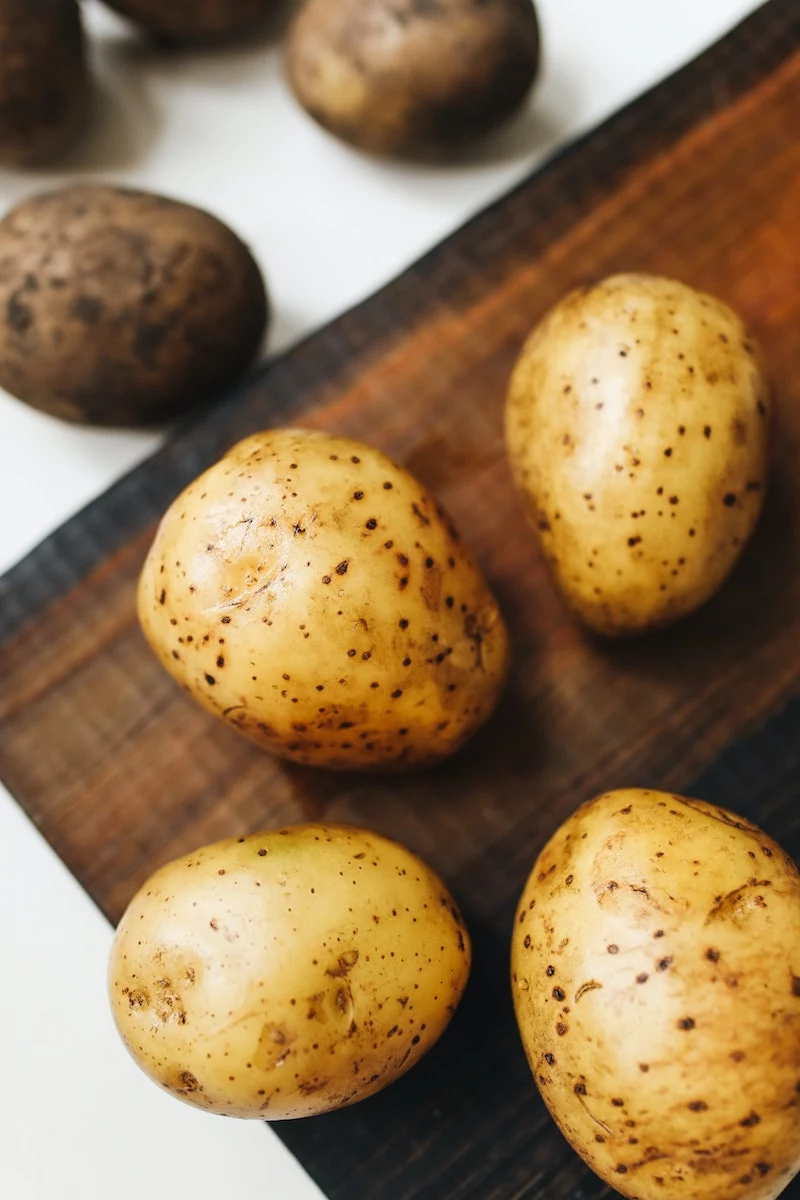
Don’t let your solution be uglier than the problem: A cup of vinegar with dead flies is functional, but hardly chic. Elevate your trapping game. Pour your apple cider vinegar mix into a small, stylish ceramic ramekin or a dark-colored glass jar. It will blend seamlessly with your kitchen decor, looking more like an intentional accent piece than a bug graveyard.

Fruit flies are incredibly sensitive to the smell of ethanol, a byproduct of fermentation. They can detect a single rotting piece of fruit from a significant distance, guiding them straight to your kitchen.
Build a better fruit fly trap with a simple tweak. Instead of just vinegar, try this more potent bait:
- A splash of red wine or a dark beer.
- A small piece of overripe banana or mango, mashed.
- A single drop of dish soap to break the surface tension.
The combination of sugars and fermentation is far more irresistible than vinegar alone, dramatically increasing your catch rate.










